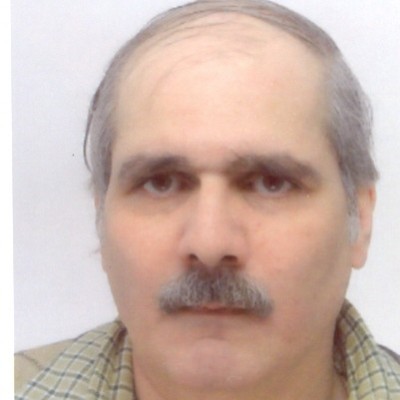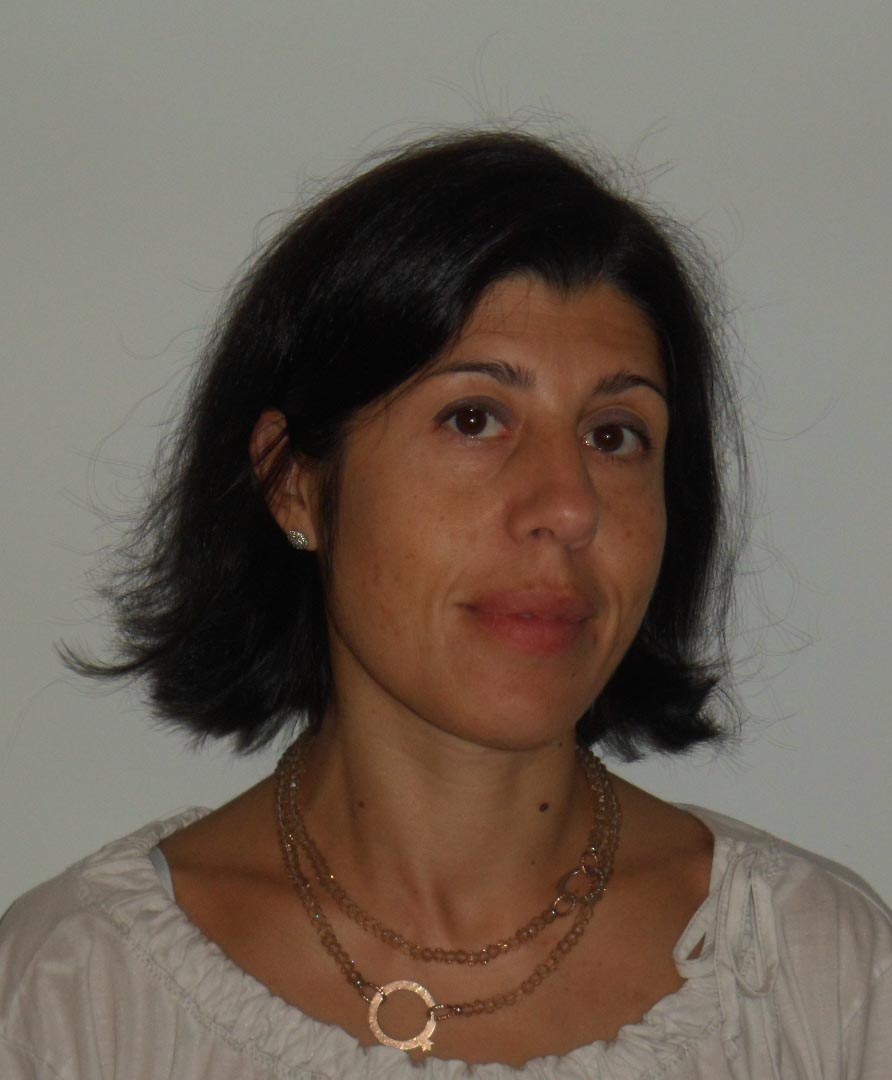Artificial Intelligence, Metrology and Extended Reality for Criminal Investigation and Forensic Science
ORGANIZED BY

Aldo Franco Dragoni
Università Politecnica delle Marche, Italy

Ephraim Nissan
Department of Computing, Goldsmiths College, University of London, UK

Milena Martarelli
Università Politecnica delle Marche, Italy
ABSTRACT
AI technologies in Forensic Science and Criminal Investigation are aiding the police for not only crime detection, but also prevention and prediction. By forensic evidence we mean that of a tangible nature in the crime scene relating directly to the crime itself, including items as fingerprints, blood, fibers, and crime tools (knife, gun, crowbar, etc.). AI is helping in dealing with forensic evidence through classical approaches such as Data Analysis and Mining, Image Processing, Computer Vision, Statistical Analysis, and Probabilistic Methods, etc. However, AI is also aiding forensic experts and investigators by formulating logical evidence, 3D reconstruction of crime scenes, handling evidence effectively, and analyzing it to reach logical conclusions at various levels of investigation. AI-based algorithms can detect a huge amount of data to discover risk, and are used for detection, prevention, and even prediction of future crime or criminal behavior. Some classical techniques are the following.
Pattern recognition is a process of automatic machine learning of specific types of patterns in the suspected data. The experts have to analyze a huge amount of data with heavy statistical and probabilistic reasoning techniques. A pattern could be anything like a fingerprint image, a handwritten cursive word, a human face, or a speech signal. Neural networks have been used in many areas such as interpreting visual scenes, speech recognition, face recognition, fingerprint recognition, iris recognition, etc.
Fingerprint Pattern Identification, Classification, and Comparison. Deep learning has made tremendous success in the field of computer vision and pattern recognition as it does not require handcrafted feature extraction. It may be suitable for various tasks in automatic fingerprint identification and classification systems. Also, these automated AI-based systems can substantially bring down the number of comparisons at the time of matching with high accuracy.
Face Recognition. Many researchers have studied and developed AI algorithms for automatic human face recognition based on neural networks, but probably two photos for mugshots are not sufficient.
Handwritten Pattern recognition has been commonly used to recognize and compare various signature or handwriting pattern images. Some algorithms of pattern recognition and neural network models of AI are aiding experts to recognize the gender of writers.
Multimedia Analysis. AI algorithms developed for multimedia analysis could not only learn complex tasks but also can develop and determine their own independent complex facial recognition features & parameters to accomplish given tasks. These advanced AI algorithms have the potential to match faces, identify weapons, compare voices and detect complex events such as accidents or crimes.
Ballistics. Estimation of the range of a projectile will be much easier when AI will be contributing to the ballistics field.
Artificial Neural Network can guide experts for searching gunpowder, cartridge cases and help them for comparison of bullet marks, firearm identification, and other ballistic evidence from the database itself with the help of image processing without any manual interference.
Crime Scene Reconstruction and Extended Reality. The applications of 3D digital technologies and AI could be used to enhance particular phases of forensic visualization. It can create 3D graphical models and animations automatically to provide real-time interactivity of the reconstructed scenes. Virtual reality simulation in the forensic process involves graphical modeling of 3D virtual objects and humans based on measurements and photos and animates the models to recreate the crime scene or incidents concerned. These fields of forensic animation include pathological visualization, murder reconstruction, and shooting case evaluation.
VIDEO
CALL FOR PAPERS
ABOUT THE ORGANIZERS
Aldo Franco Dragoni received a Laurea Degree in Electronics Engineering from the University of Ancona, Italy, discussing a thesis in Artificial Intelligence about “Plan Recognition from Visual Information”.
Currently, he is in charge as Associate Professor at the Università Politecnica delle Marche, where he teaches “Fundamentals of Computer Sciences”, “Artificial Intelligence” and “Dedicated Operating Systems”. Moreover, he is the head of the Artificial Intelligence and Real-Time Systems Laboratory of Università Politecnica delle Marche, focusing on Artificial Intelligence problems to be solved within precise time constraints (i.e. deadlines). His scientific interests concern several aspects of Artificial Intelligence, from classic knowledge-based approaches to more advanced hybrid systems that integrate symbolic reasoning with neural networks. In addition, he opened a new application area for Artificial Intelligence, called “NetMedicine”, which means every “intelligent” health-related activity which is carried on through the Internet.
Ephraim Nissan A scholar with nearly 350 publications of all kinds, of which nearly 130 are journal articles. He has been a guest editor for journals about 20 times since the late 1990s, and has been founding joint editor or associate editor of four scholarly journals since the late 1980s, of which two at present. He has been engaged in artificial intelligence research within computer science (e.g., innovative tools for engineering resulted), but he also has quite a substantial record in the humanities, and in the latter, he has an honorary fellowship at the University of Manchester. His employment record has encompassed departments in either computer science, or the humanities. In computer science, his most innovative contributions include modeling the reasoning about legal evidence, a field within AI & Law that he has bootstrapped into existence, in both an authorial and organizational and editorial capacity, and on which he has authored a book in two volumes: "Legal Evidence, Police Investigation, Case Argumentation, and Computer Tools". His earliest project in this domain, in the late 1980s, was "ALIBI", which like "Thaggard's ECHO", was seminal in the domain.
Milena Martarelli was born in Fabriano, Italy, in 1972. She received an M.S. degree in mechanical engineering from Università Politecnica delle Marche (UNIVPM), Ancona, Italy, in 1997, and a Ph.D. degree in structural mechanics from Imperial College London, London, U.K., in 2001. She is currently an Associate Professor at eCampus University, Novedrate, Italy, with 20 years of experience in mechanical and thermal measurement. She has authored or co-authored 74 papers published in conference proceedings and 33 in international scientific journals. Her current research interests include non-contact measurement sensors and technology applied to nondestructive diagnostics and Vibro-acoustics for electromechanical systems performance assessment.


















